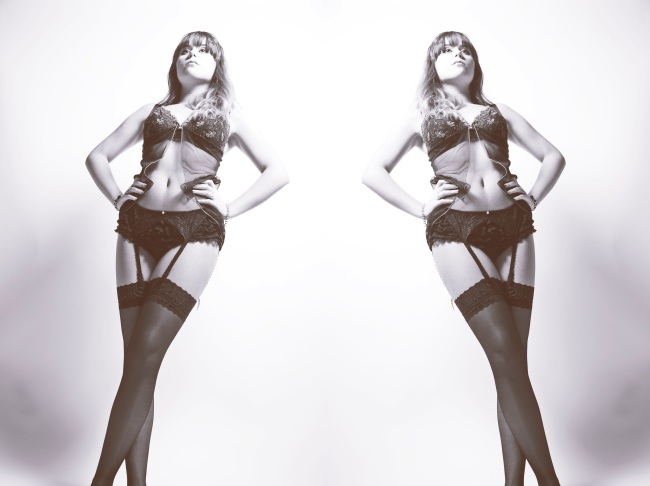The Baroque period began during the early 17th century in Italy and lasted over a century in some parts of Europe. As a style, Baroque artwork combines dramatic compositions, beautiful details, and emotionally charged subject matter to give viewers as intense a visual experience as possible.
This movement was encouraged by the Catholic Church, the most important patron of the arts at that time, as a return to tradition and spirituality.
Baroque murals and paintings are often found in churches and cathedrals throughout Italy and the rest of Europe, mostly because the Roman Catholic Church of the 17th century knew that this style of art could be used to promote the church and give an impression of power and authority.
In the 17th century this movement spread to other European countries where it merged with local traditions and cultures. Religious paintings continued to predominate but that period also introduced the emergence of non-religious paintings like royal portraits, landscapes, still-life and paintings depicting private and court life as well as historical events.
Royalty and rulers commissioned portraits for displays of grandeur. Non-religious themes became more popular. Seventeenth century’s royalty, aristocrats and other wealthy people were essentially no different from people today; they used the available technology and tools (i.e. paintings and other visual arts) to show off their wealth.
Rebels of a New Generation
Renaissance art including the Mannerist style that preceded Baroque movement was symmetric and restrained, traditions that were rebelled against by Baroque artists. Baroque art was dramatic and emotional, appealing to the public, attempting to get closer to the contemporary viewers, identifying with ordinary people. Taking a different path, unlike the Mannerist generation, Baroque painters portrayed realistic unidealized life in their paintings, stripped from heavenly imagery or mythology, just common people or even at times no people at all, in the case of landscapes and still-life. A Mannerist painter would certainly find nothing spiritual about a fruit bowl. The stiff, controlled, idealized classical forms of the Renaissance era did not change but human emotions were introduced, and they were intense, in a way unseen before. Emotions and dramatic expressions were visible on the faces of subjects in paintings. Breaking with the past, also was the introduction of a heavy contrast between light and dark. Despite the deviation of the new artists from the older traditions, they still did not smash all conventions. There were boundaries to their art that they would not dare cross.
(My thoughts)
I am interested in Baroque period, because there is a lot of very influential artist. For example, Rembrandt in my opinion was brilliant by capturing the light in his portraits. Nowadays photographers use Rembrandts lighting in photography as one of the basis lighting techniques. So now I will try to explain more clear what is Rembrandt lighting, Rembrandt lighting was named after of the great master as I said before who used to it a lot to his own portraits. The main idea is to create a small inverted triangle of light on the subject’s cheek which is opposite the light source. This is very flattering (especially for people with prominent cheekbone structure) and was often used in old Hollywood portraits. It is important to ensure that you get catch lights in both eyes. Below you can see some examples:
Examples in Rembrandt own paintings:

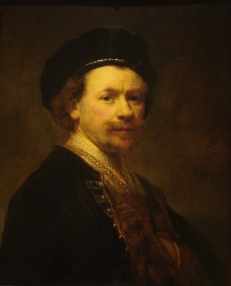
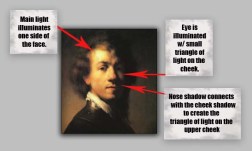
Rembrandt lighting in Photography examples:

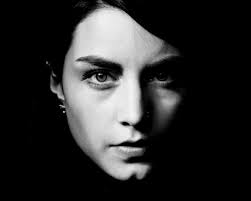
The second thing what I love the most about Baroque is still life paintings. Magnificent pieces. I love how the artists focusing on every single detain in their paintings and what the most adores me as photographer how they capturing the light in their paintings. In think looking at this period time work you can found tones and tones inspiring art pieces and painters who can might reflect your own work in some way. I think photography is just quicker art to capture a moment in time, but we use similar techniques as painters or other genre artists. There quite a few artist that I adore, but my favorite one is female Dutch artist called Rachel Ruysch. Below I upload some of her work that I like. As you can see she use of a dark background for a bouquet is a tried and tested way of bringing colours and shapes to their own. Perhaps one of the reason why I like her work because in some ways it’s quite dark and it reflect my work as well, because I prefer dark imagery. The fact that very few flowers in the bouquet cross also shows that the painter wished to present the various species in a way that made them clearly recognisable. Also in every her painting she represents different shapes, like for example in some of her work she use S-shapes in the composition to seeks a more natural-looking structure in contrast to the strong diagonals as you can see in her work. Also, I love how she pays attention and paints every single detail in her work by demonstrating her technical skills.
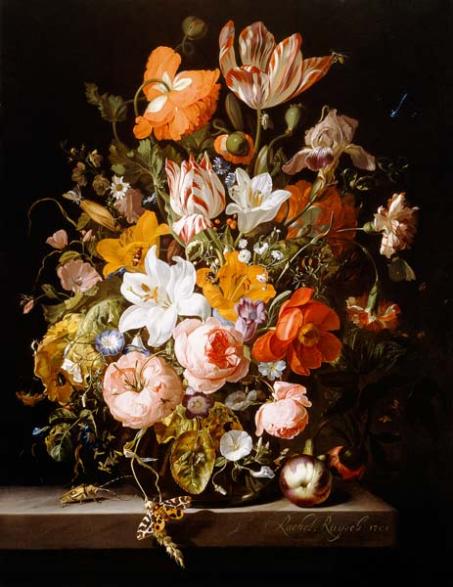

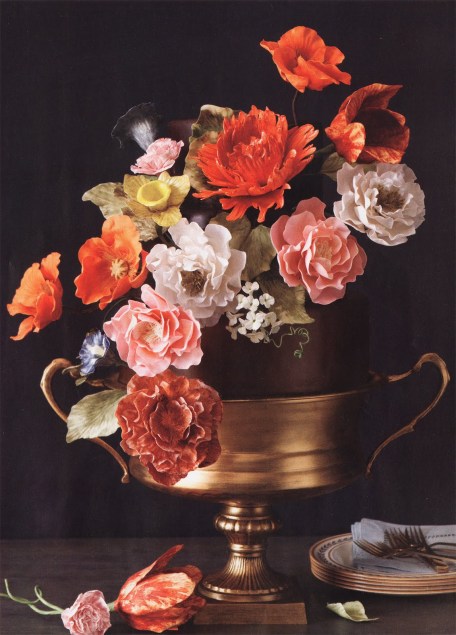






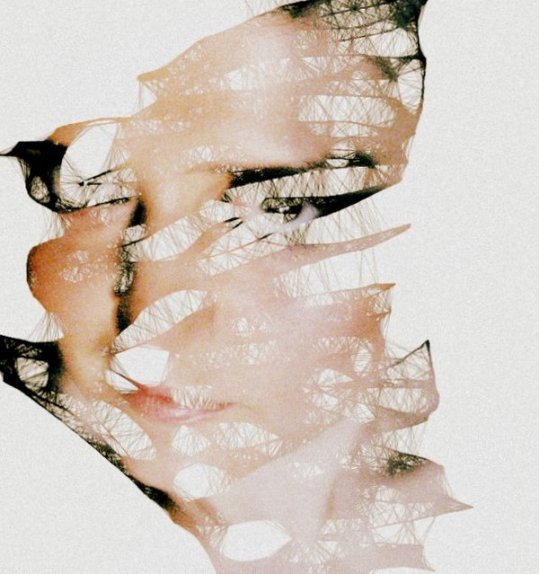



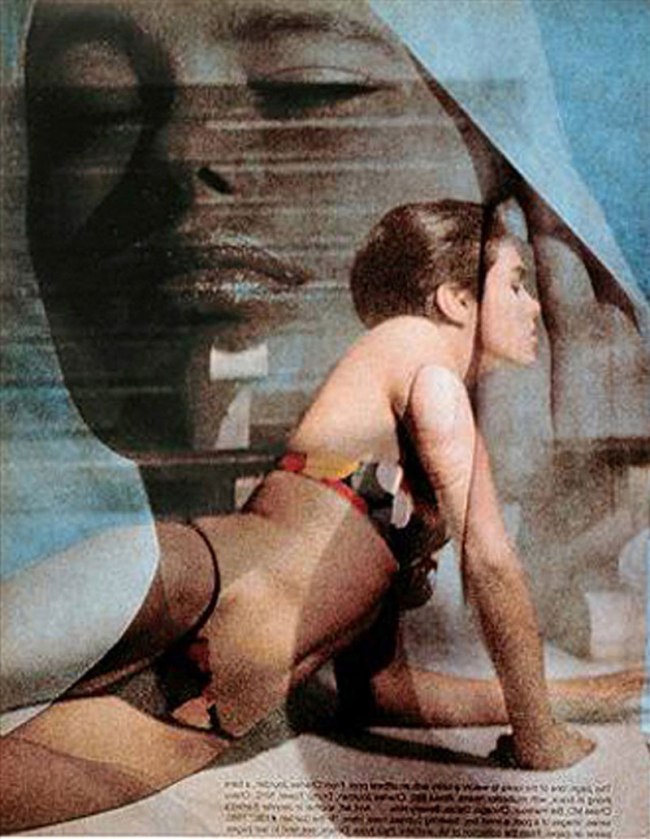




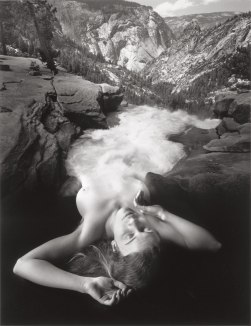


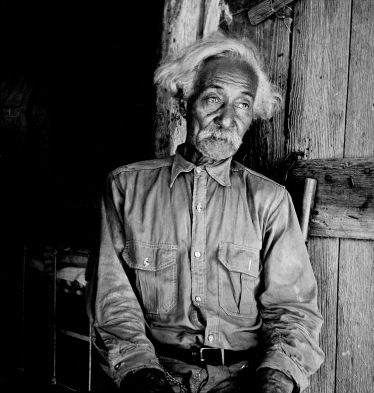

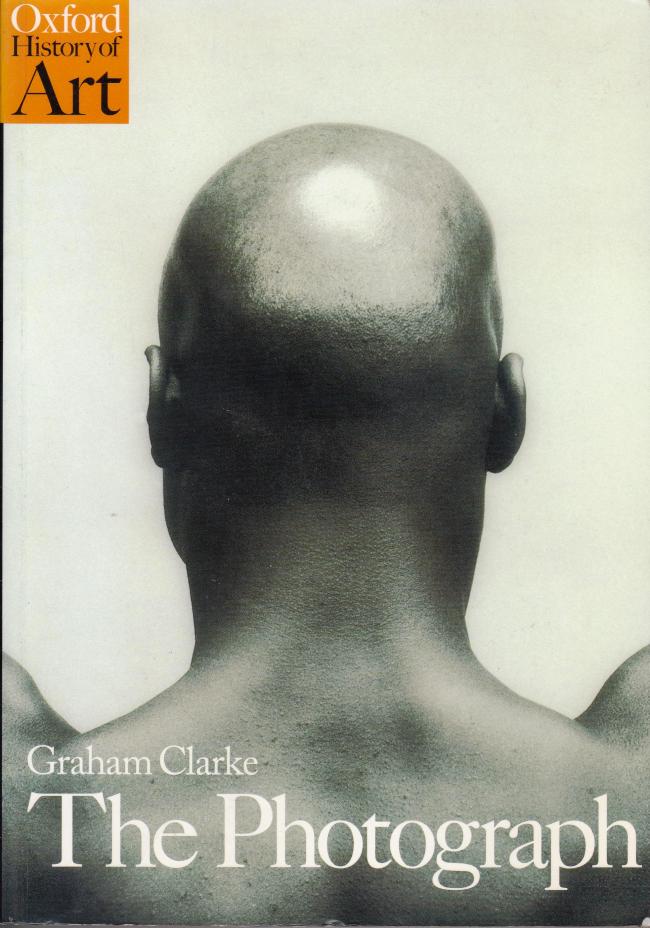





 So after seeing my images before you can see that images I was using very bright colours, all images are in focus and perfectly composed. During those two years course I could admit that I learnt a lot and just looking at technical side but and my knowledge about photography changed and I understand more that I used knew before. Well, talking about technical ability I could say that I improved it, because I had opportunity to work with various cameras starting from pinhole cameras ending with expensive digital cameras. Well, to be honest I think is still left some areas where I need to improve my skills perhaps. Especially using large format, I still don’t feel hundred percent confident using it.
So after seeing my images before you can see that images I was using very bright colours, all images are in focus and perfectly composed. During those two years course I could admit that I learnt a lot and just looking at technical side but and my knowledge about photography changed and I understand more that I used knew before. Well, talking about technical ability I could say that I improved it, because I had opportunity to work with various cameras starting from pinhole cameras ending with expensive digital cameras. Well, to be honest I think is still left some areas where I need to improve my skills perhaps. Especially using large format, I still don’t feel hundred percent confident using it. 